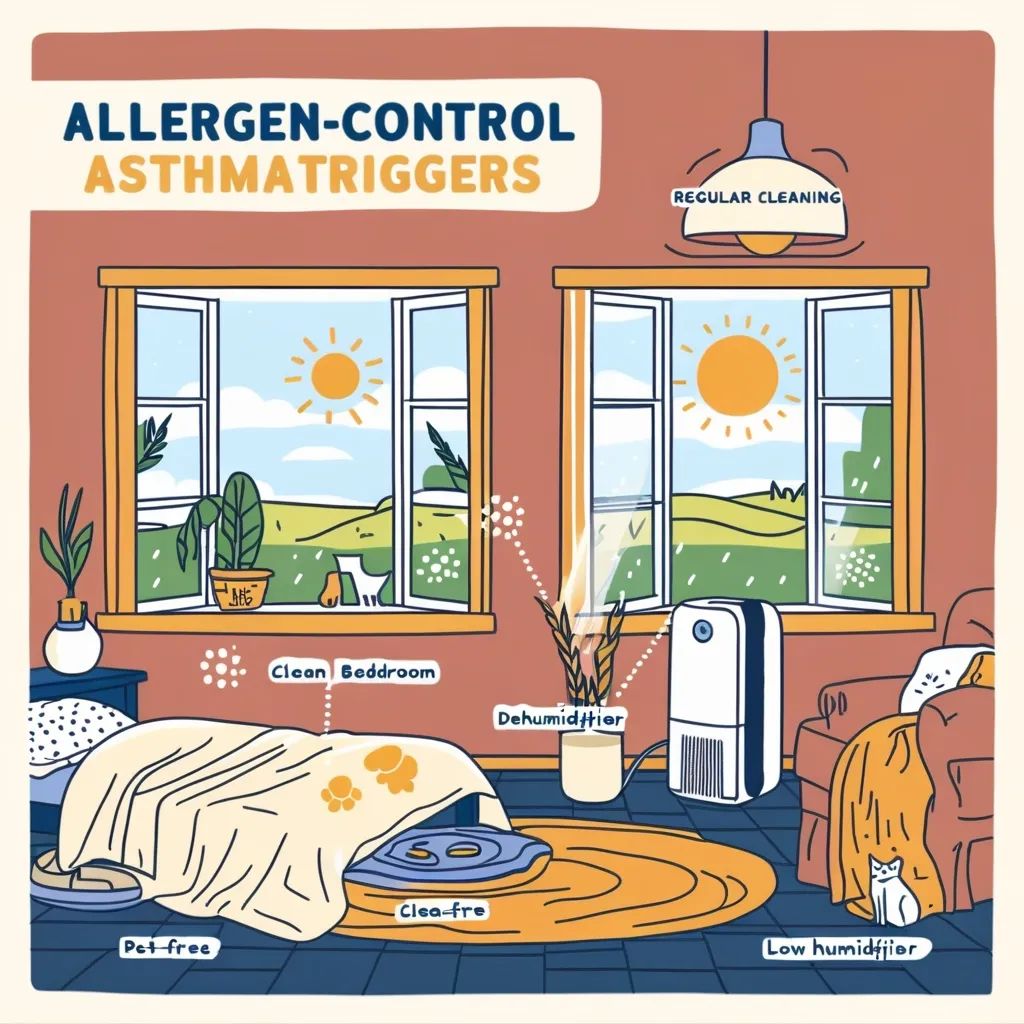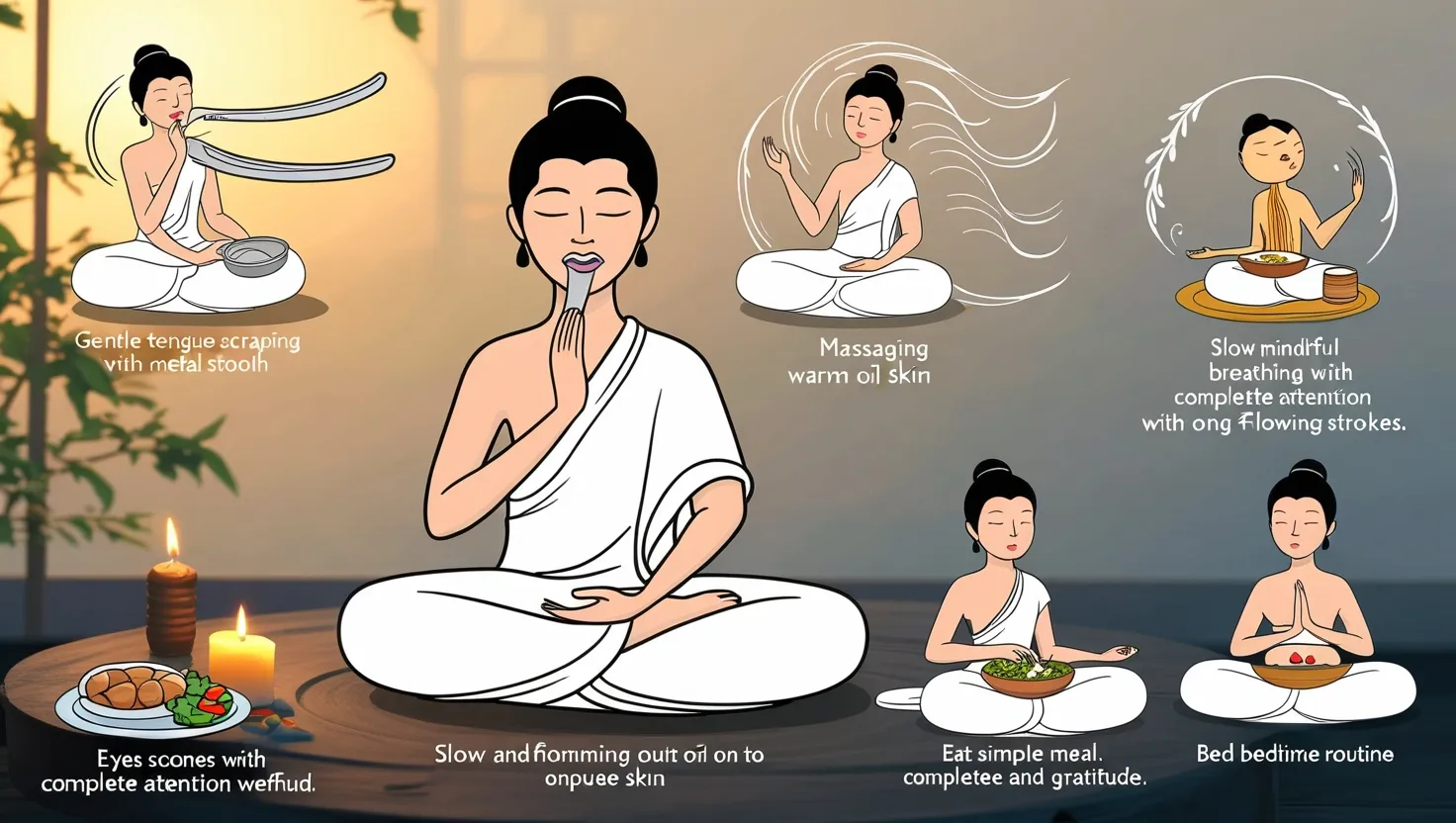Asthma isn’t just an occasional struggle for many. It’s a daily companion that millions of people around the world deal with. The symptoms are as varied as they are annoying: wheezing, shortness of breath, and that uncomfortable chest tightness. The causes are a bit of a puzzle, but one thing’s for sure—our environment plays a huge role in making it worse.
Let’s start with the triggers inside our homes. Believe it or not, our cozy corners can be full of stuff that sets off asthma. Take the house dust mite, for example. These little critters love warm and humid spots like bedding, carpets, and sofas. What’s gross is that their waste and body bits end up in the air, causing havoc for those of us with sensitive systems. Tackling these mites is key, and it’s doable by using allergen-proof covers, washing our bedding in hot water, and keeping our home’s humidity in check.
Then there are cockroaches. Ugh, even thinking about them might give you the creeps. Their droppings, saliva, and body fragments can whirl up asthma symptoms. Keeping our homes spotless, ensuring food is sealed tightly, and avoiding water buildup can help keep these pests at bay. Regular cleaning, especially in their favorite hiding spots, also makes a big difference.
And let’s not forget our furry friends. Cats and dogs can be asthma culprits, too. Their dander, saliva, and even urine can get airborne and cause reactions. While giving up pets is a tough call, minimizing contact can help—like keeping them out of bedrooms and ensuring our homes are vacuumed and dusted regularly.
Mold is another notorious villain. It loves to lurk in damp places like bathrooms and basements. Lowering humidity, fixing leaks quickly, and using exhaust fans can help keep mold in check. Visible mold? Just clean it up with some soap and hot water.
Outdoor triggers are just as bothersome. Pollen from trees, grass, and weeds can make life miserable, especially during certain seasons. Keeping an eye on pollen counts and limiting time outside when those counts are high can help. And the weather doesn’t always play nice; extreme heat or cold can also spark up asthma attacks. Checking air quality and planning activities around it can ease the impact.
Pollutants are a biggie, too. Things like ozone, sulfur dioxide, nitrogen dioxide, and tiny particles can worsen asthma. Avoiding busy roads and considering air purifiers can be beneficial.
Other triggers come from all sorts of places. Respiratory infections like the common cold or flu can flare things up. Good hygiene, like washing hands frequently and steering clear of sick folks, is essential. Food allergies and some medications can trigger symptoms, too—peanuts and shellfish being common culprits. It’s always good to talk with healthcare providers about any pills or potions to sidestep potential triggers.
Stress and intense emotions aren’t off the hook. They can ramp up breathing rates and instigate asthma symptoms. Techniques like meditation, deep breathing exercises, and even talking things out with a counselor can help keep stress under control.
On the treatment front, inhalers shine as asthma’s best buddies. There are two main types: quick-relief inhalers for immediate symptom relief by relaxing airway muscles, and long-term control inhalers, like corticosteroids, which manage inflammation over time.
But it’s not just about meds. Lifestyle tweaks also play a significant role. Quitting smoking—yeah, it’s tough but absolutely crucial—is vital as tobacco smoke is a major aggravator. Avoiding secondhand smoke is equally important. Using HEPA filters to clean the air in our living spaces can also help remove allergens effectively.
For those dealing with work-related asthma triggers, it’s a daily juggle. Many workplaces expose individuals to dust, smoke, or specific irritants like latex, isocyanates, and wood dust that can make asthma worse. Occupational hygiene practices and personal protective equipment are essential allies in these spaces.
Prevention is a multi-step strategy. Identifying and dodging triggers, both indoors and outdoors, is fundamental. Regular cleaning, using specialized bedding, and nipping mold growth in the bud are wise moves. Education is key. Those with asthma must understand their triggers and how to avoid them. Healthcare providers should dig deep into patients’ histories to craft tailored management plans.
Asthma may be a complex condition, but understanding and sidestepping its triggers can improve life significantly. A blend of medication, lifestyle changes, and environmental tweaks can collectively minimize asthma’s grip on daily life.
Every step, big or small, contributes to better asthma control and a more breathable life. It’s all about knowing your triggers, taking proactive measures, and staying ahead of the curve with a personalized plan. With the right approach, managing asthma becomes a part of life’s rhythm, less a battle and more a balanced dance.






